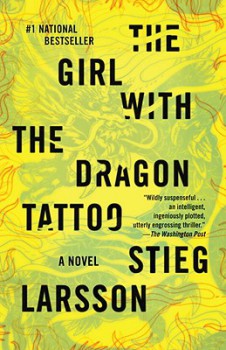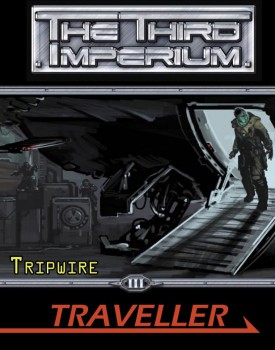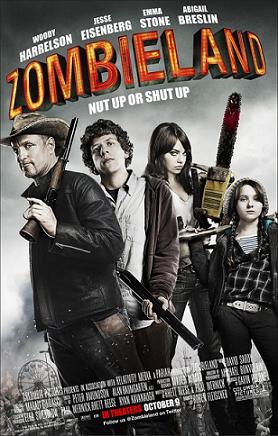 Like most horror fans, I love zombie movies because they’re fun, gory, and suspenseful. I find the survivalist angle intriguing, too (I often find myself wondering if and how I could survive an initial outbreak of the walking dead. Equipped with my copy of The Zombie Survival Guide I’d like to think at least I’d have a fighting chance. But probably not).
Like most horror fans, I love zombie movies because they’re fun, gory, and suspenseful. I find the survivalist angle intriguing, too (I often find myself wondering if and how I could survive an initial outbreak of the walking dead. Equipped with my copy of The Zombie Survival Guide I’d like to think at least I’d have a fighting chance. But probably not).
But in the end the zombie films I like best are those that aspire to more than just empty action. Like all good movies, the best zombie films contain underlying social and/or political messages that give them an added dimension and another level on which they can be enjoyed.
I’m not a horror historian, but as far as I can tell the zombie film as social commentary started with George Romero. Broadly, zombies have always been a metaphor for death, but it wasn’t until 1978’s Dawn of the Dead that the walking dead were used to critique concepts like capitalism and unchecked consumer culture (as a sidenote this is why I didn’t like the new Dawn of the Dead as much as the original—the 2004 version is not only too nihilistic, but it removes all the subtext in favor of high-speed, sprinting zombie carnage).
Since Dawn other zombie films have hopped on the bandwagon of zombie apocalypse as societal/cultural critique. The most recent example is the comedic zombie horror of Zombieland (2009). Zombieland tells the story of a group of survivors trying to find their way in the aftermath of the zombie apocalypse. These include 20-something “Columbus” (played by Jesse Eisenburg), a nerdy, World of Warcraft playing recluse; “Tallahassee” (Woody Harrelson), a modern cowboy with an apparent death wish, a sardonic sense of humor and a mean streak a mile wide when it comes to zombies; “Wichita” (Emma Stone), a beautiful, guarded, hard-bitten realist, and “Little Rock” (Abigail Breslin), Wichita’s younger sister and resourceful partner in crime.
…
Read More Read More
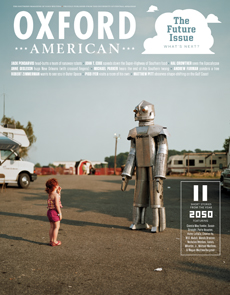 Oxford American Magazine is a literary quarterly focusing on Southern culture. A particular favorite of mine is its annual music issue that features articles on both well-known and obscure Southern musicians with an accompanying CD. The current fall issue’s theme is the future, including 11 short stories set somewhere around in 2050. I’m not familiar with these authors, the one exception being Charles Yu whose first novel, How to Live Safely in a Science Fictional Universe, has been getting some attention.
Oxford American Magazine is a literary quarterly focusing on Southern culture. A particular favorite of mine is its annual music issue that features articles on both well-known and obscure Southern musicians with an accompanying CD. The current fall issue’s theme is the future, including 11 short stories set somewhere around in 2050. I’m not familiar with these authors, the one exception being Charles Yu whose first novel, How to Live Safely in a Science Fictional Universe, has been getting some attention.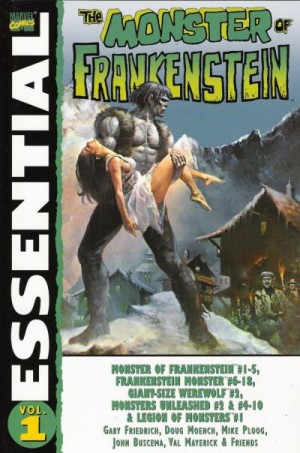
 Like most horror fans, I love zombie movies because they’re fun, gory, and suspenseful. I find the survivalist angle intriguing, too (I often find myself wondering if and how I could survive an initial outbreak of the walking dead. Equipped with my copy of The Zombie Survival Guide I’d like to think at least I’d have a fighting chance. But probably not).
Like most horror fans, I love zombie movies because they’re fun, gory, and suspenseful. I find the survivalist angle intriguing, too (I often find myself wondering if and how I could survive an initial outbreak of the walking dead. Equipped with my copy of The Zombie Survival Guide I’d like to think at least I’d have a fighting chance. But probably not).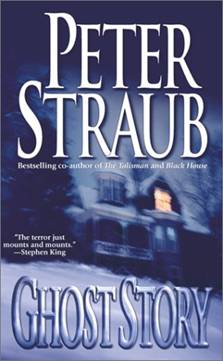 The six-foot grim reaper is out in the front yard pointing eerily at the tombstones poking out of the grass. The fog machines are strategically placed; one in the bushes and one in the coffin leaning against the house. There’s a sound-activated specter that will slide from tree to gutter, moaning and waving its arms at the slightest hint of a visitor. And most important, there’s an eight-foot python curled around the mailbox.
The six-foot grim reaper is out in the front yard pointing eerily at the tombstones poking out of the grass. The fog machines are strategically placed; one in the bushes and one in the coffin leaning against the house. There’s a sound-activated specter that will slide from tree to gutter, moaning and waving its arms at the slightest hint of a visitor. And most important, there’s an eight-foot python curled around the mailbox.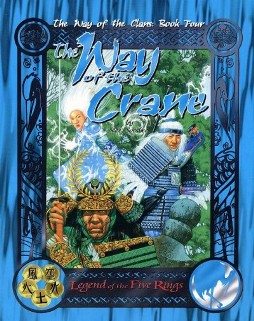
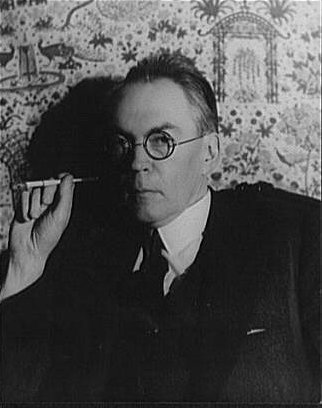
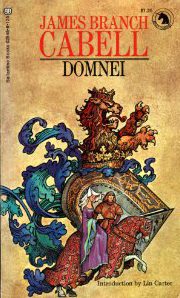
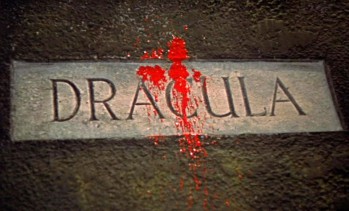 October films come in two flavors for me: Universal and Hammer. I have affection for almost any Gothic horror films these studios produced during their Golden Ages (1930s and ‘40s for Universal, 1950s and ‘60s for Hammer), even the lesser entries. The studios have such opposite visual approaches to similar material — the black-and-white shadows of Universal, the rococo lurid colors of Hammer — that they create a perfect Yin and Yang for Halloween, a Ghastly Story for Whatever Suits Your October Mood.
October films come in two flavors for me: Universal and Hammer. I have affection for almost any Gothic horror films these studios produced during their Golden Ages (1930s and ‘40s for Universal, 1950s and ‘60s for Hammer), even the lesser entries. The studios have such opposite visual approaches to similar material — the black-and-white shadows of Universal, the rococo lurid colors of Hammer — that they create a perfect Yin and Yang for Halloween, a Ghastly Story for Whatever Suits Your October Mood.